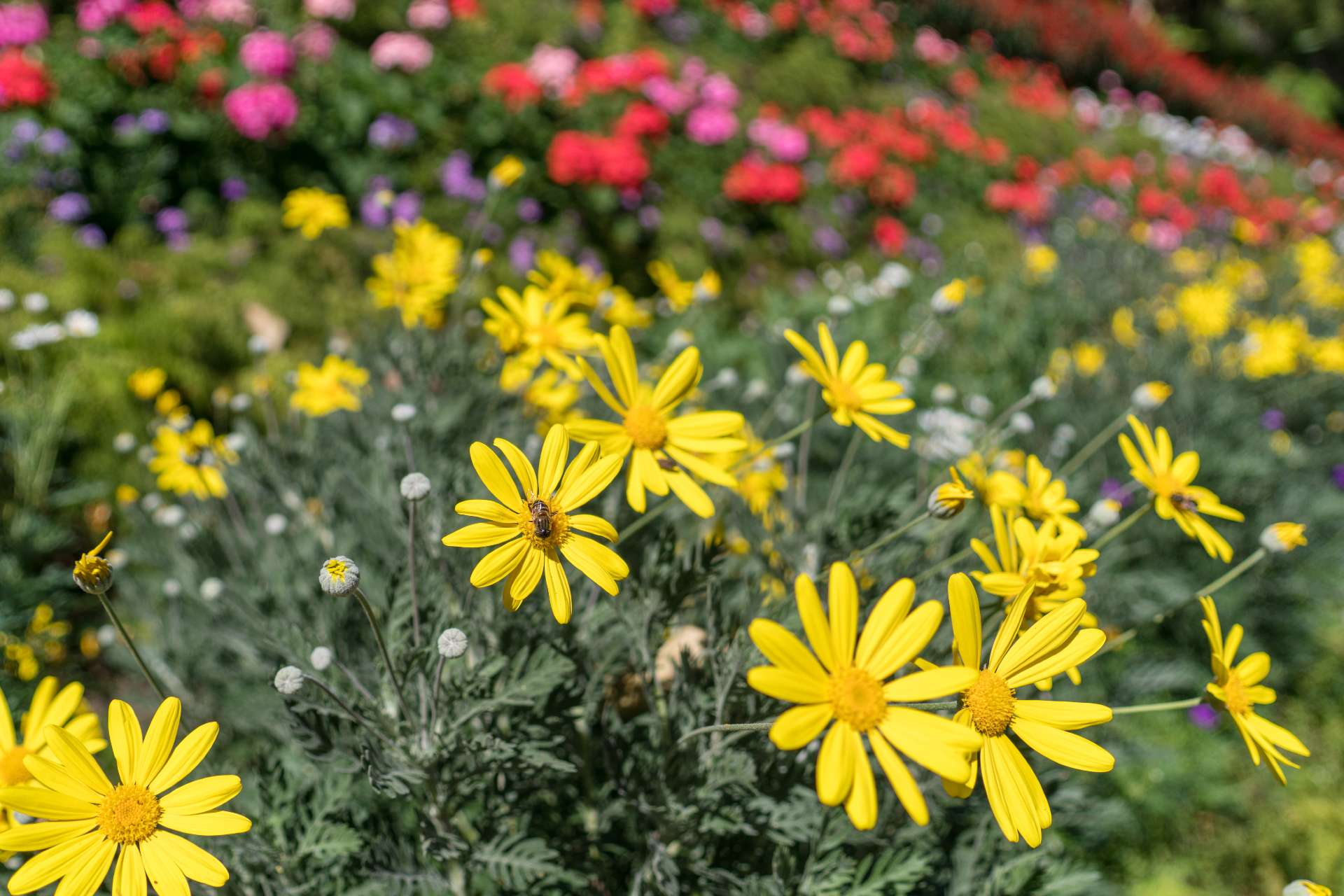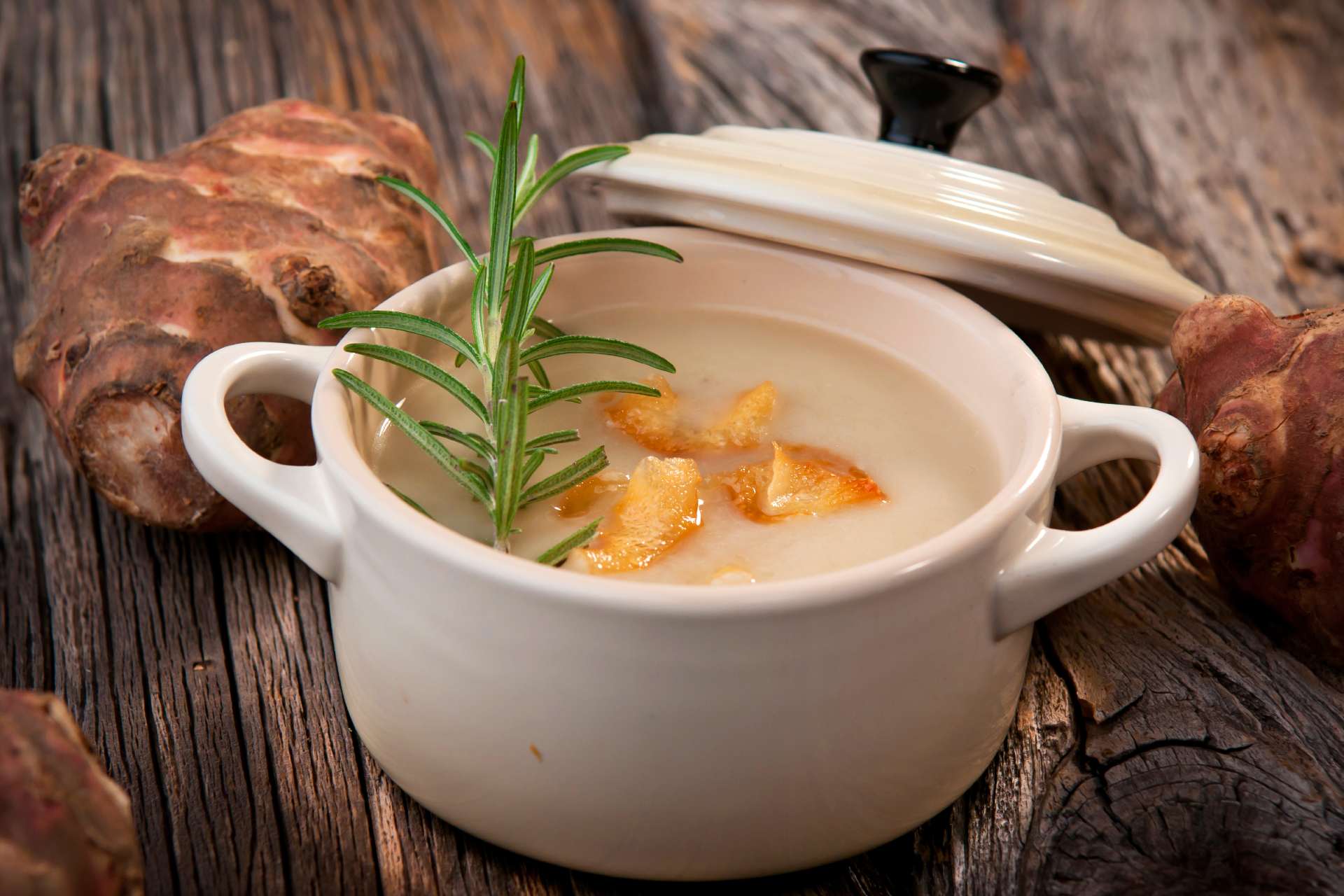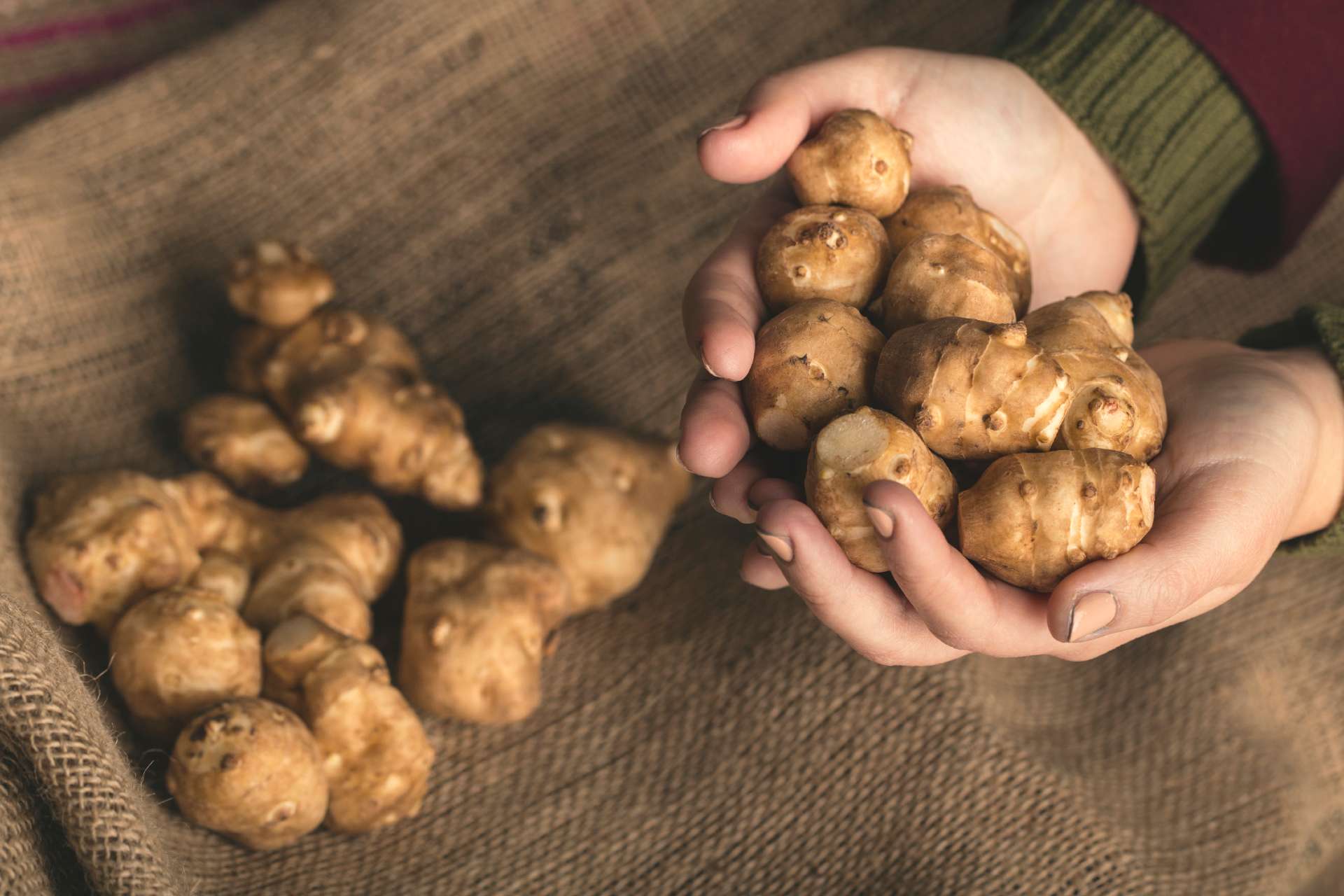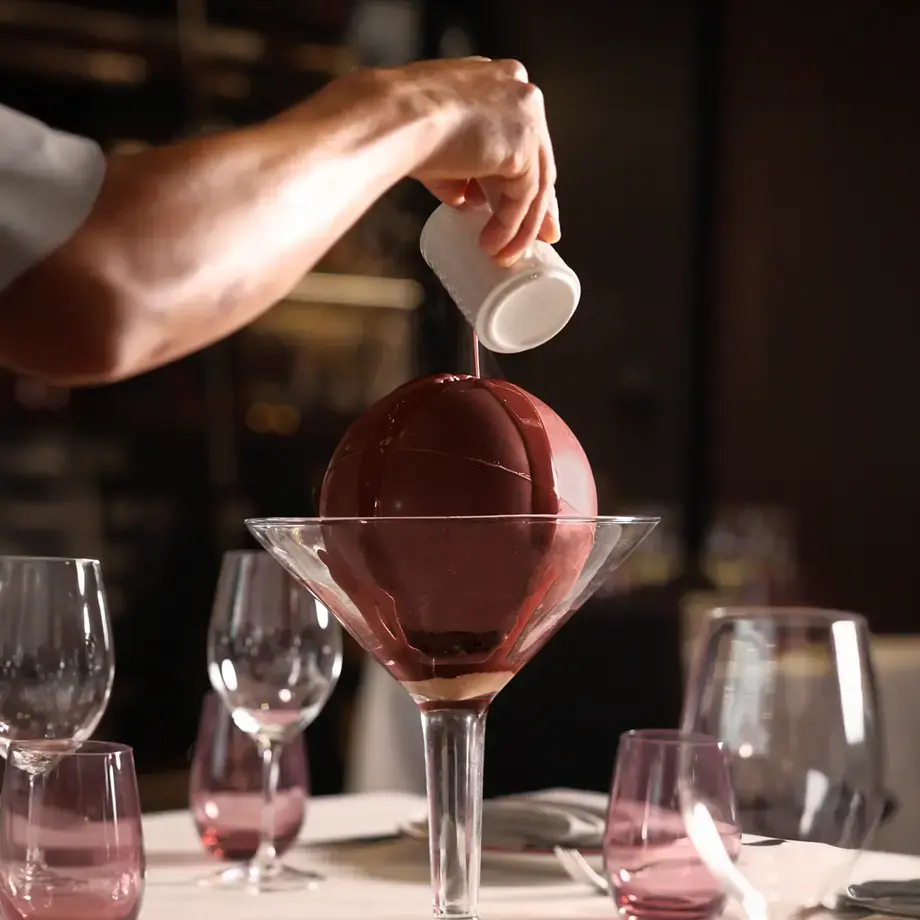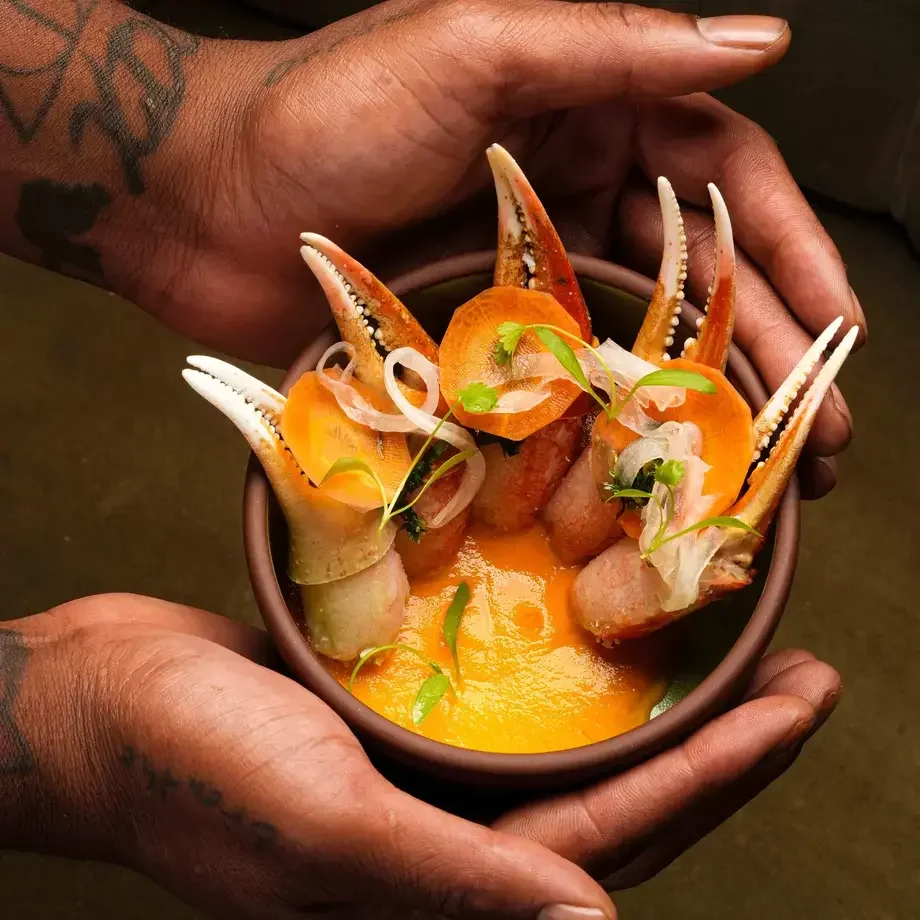What to do with Jerusalem artichokes
Jerusalem artichokes taste great in a variety of different dishes. Like other root vegetables, they can be roasted, sautéed, fried, or even sliced thinly and made into chips (crisps). They can also be used raw in salads, or puréed to make delicious soups, risottos and chowders.
But since Jerusalem artichokes are a new ingredient to a lot of home cooks, it can sometimes be difficult to know where to start when preparing them. They are relatively simple to cook once you know how, but there are a few tips and tricks that can help make things easier.
The main question when preparing Jerusalem artichokes is whether to peel or not to peel. Jerusalem artichoke skin is edible, and has a strong, earthy flavour that some people love, and others find a bit overpowering, so whether or not you peel your Jerusalem artichokes is really a matter of personal taste.
If you decide to leave the skins on, give them a quick trim with a pair of scissors to get rid of any stringy bits, and scrub well with a vegetable brush to remove any soil or dirt. Peeling them, on the other hand, can be a little tricky, due to their uneven, knobbly shape. Boiling them first can soften them up and make them easier to peel, and some people also like to use the edge of a teaspoon to get into all those hard-to-reach nooks and crannies. If you do peel your Jerusalem artichokes, you will need to drop them in a bowl of water with lemon juice or white wine vinegar while you’re not using them, otherwise the exposed flesh will become discoloured.
What do Jerusalem artichokes taste like?
Jerusalem artichokes have a complex but mild flavour profile. Uncooked, they have a crunchy texture and a clean, fresh, sweet and nutty taste, which has been likened to water chestnuts. When cooked, their flavour has been compared to various other vegetables, including potatoes, celery, asparagus, broccoli, and, of course, artichokes. If you leave the skins on, this adds a stronger, earthier flavour.
Jerusalem artichoke recipes
If you would like to try Jerusalem artichokes for yourself, here are some of our favourite recipes for bringing out the complex flavours of this unique ingredient.
Jerusalem artichoke soup
This recipe for Jerusalem artichoke soup with chips really makes the Jerusalem artichoke the star. The rich, creamy soup is beautifully seasoned with thyme, marjoram and garlic, and topped with a handful of crispy Jerusalem artichoke chips.
- Heat butter and olive oil, then add onion, garlic, celery, salt, thyme, marjoram, and the Jerusalem artichoke. Once the vegetables have been cooked through, add the chicken stock and simmer for 35-40 minutes.
- Puree the soup in a blender, return it to medium-low heat, and incorporate the cream. Keep warm until ready to serve.
- Thinly slice the Jerusalem artichokes, rinse several times, and dry well. Make sure there is no water remaining on them or else it will cause the frying oil to combust.
- Deep-fry the artichoke chips in frying oil at 180°C | 355F for 3-4 minutes or until golden. Drain oil from the chips on kitchen paper.
- Serve the soup with the chips and thyme resting on top.


